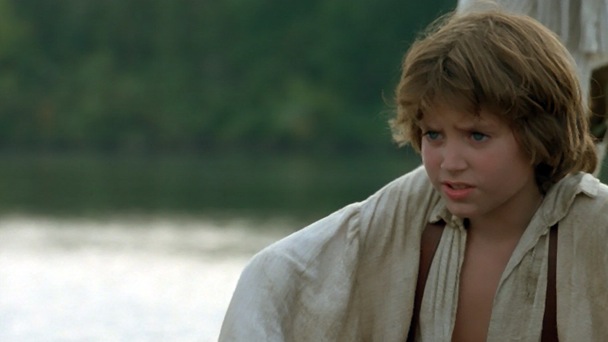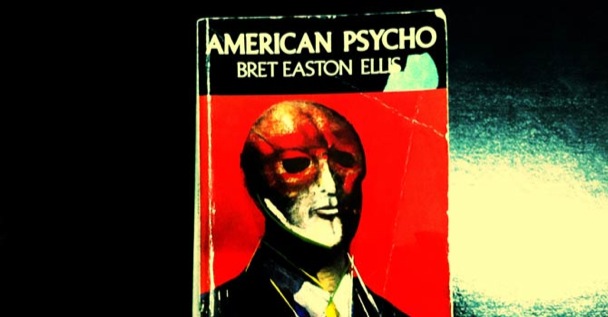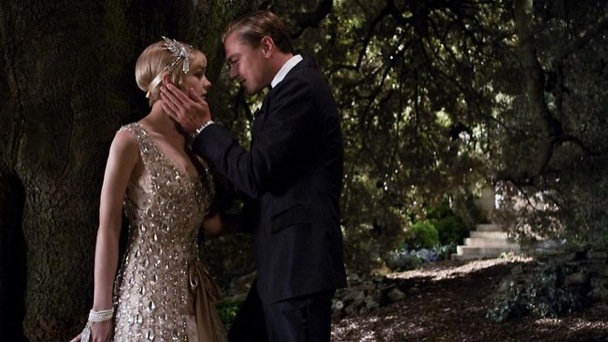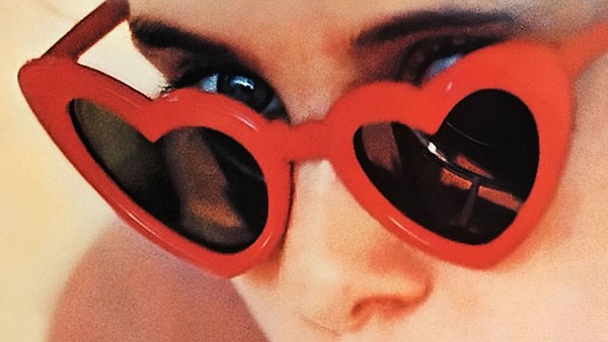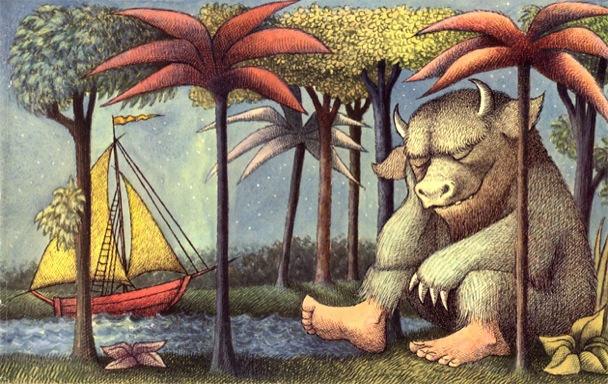Ten Scathing Reviews of Classic Books
Reviews really are a matter of taste. Here are ten books we now consider sacred, which - at the time of publication - received at least one scathing review.
In George Orwell’s Confessions of a Book Reviewer essay, the Nineteen Eighty-Four author describes the job as a thankless task, saying: “The prolonged, indiscriminate reviewing of books is a quite exceptionally thankless, irritating and exhausting job.”
Thankless as it may be, reviewers have the power to introduce new books into the world in passionate praise or downright scathing criticism. And, as with most reviews, it really can be a matter of taste - as we’ll see here - in this list of ten early, negative reviews of literature we now consider sacred.
1. The Adventures of Huckleberry Finn
Mark Twain’s The Adventures of Huckleberry Finn (represented here with the baby-faced Elijah Wood from the 1993 film) was banned by the Concord public library on the year of its release, slamming the novel as “trashy and vicious”. In full support of the ban, The Springfield Republican (published again in The New York Times in 1885), said: “[The book is] no better in tone than the dime novels which flood the blood-and-thunder reading population… his literary skill is, of course, superior, but their moral level is low, and their perusal cannot be anything less than harmful.”
2. American Psycho
“Numbingly boring, and [for much of the book] deeply and extremely disgusting,” said Andrew Motion in 1991, printed in The Observer. He went on to criticise Bret Easton Ellis’ most controversial novel by saying: “Not interesting-disgusting: sickening, cheaply sensationalist, pointless except as a way of earning its author some money and notoriety.”
3. Catch-22
The common idiom "catch 22" came from Joseph Heller’s famous satire and today the book is regarded as one of the best in modern times. But, for Richard G. Stern, it was “an emotional hodgepodge”. The critic said, in The New York Times Book Review in 1961, “no mood is sustained long enough to register for more than a chapter.” He does, however, go on to compliment Heller (sort of): “Its author... is like a brilliant painter who decides to throw all the ideas in his sketchbooks onto one canvas, relying on their charm and shock to compensate for the lack of design…”
4. The Catcher in the Rye
J.D. Salinger’s praised coming-of-age novel didn’t sit well with James Stern, who, in The New York Times (1951) said: “This Salinger, he’s a short story guy. And he knows how to write about kids. This book though, it’s too long. Gets kind of monotonous. And he should’ve cut out a lot about these jerks and all that crumby school. They depress me.”
5. The Great Gatsby
Baz Luhrmann’s movie adaptation of The Great Gatsby (pictured) is looking like 2013’s most anticipated film. However, not all first readers of the book were won over by Gatsby and Daisy. Published in The Saturday Review in 1925, L.P Hartley said: “Mr. Scott Fitzgerald deserves a good shaking. Here is an unmistakable talent unashamed of making itself a motley to the view. The Great Gatsby is an absurd story, whether considered as romance, melodrama, or plain record of New York high life.”
6. Lolita
“[Lolita] is undeniably news in the world of books. Unfortunately, it is bad news,” announced Orville Prescott in The New York Times in 1958. Vladimir Nabokov’s novel about a middle-aged literary professor who retells his semi-incestural relationship with a 12-year-old neighbour, still provokes strong feelings from readers today. Prescott went on to say: “There are two equally serious reasons why it isn’t worth any adult reader’s attention. The first is that it is dull, dull, dull in a pretentious, florid and archly fatuous fashion. The second is that it is repulsive.”
7. Moby Dick
In 1852, the New York United States Magazine and Democratic Review, stated: “If there are any of our readers who wish to find examples of bad rhetoric, involved syntax, stilted sentiment and incoherent English, we will take the liberty of recommending to them this precious volume of Mr. Melville’s". Ouch!
8. Ulysses
Though a painful 265,000-odd words long, Ulysses has been hailed as one of the most important works in Modernist literature. James Joyce’s experimental stream of consciousness techniques, though popular with Ms. Monroe (above), were not popular with the writer at The Sporting Times in 1922. It said: “[Ulysses] appears to have been written by a perverted lunatic who has made a speciality of the literature of the latrine... there are whole chapters of it without punctuation or other guide to what the writer is really getting at.” And in a sense, quite true.
9. Where the Wild Things Are
Where the Wild Things Are is a classic children’s bedtime read, written by Maurice Sendak in 1963. Generations later, Spike Jonze directed a movie version in 2009. However, in an issue of Publisher’s Weekly in the year of its release, a reviewer says: “The plan and technique of the illustrations are superb. … But they may well prove frightening, accompanied as they are by a pointless and confusing story.”
10. Wuthering Heights
“How a human being could have attempted such a book as the present without committing suicide before he had finished a dozen chapters, is a mystery,” said the Graham’s Lady’s Magazine in 1848. The reviewer was clearly not as taken by Emily Brontë’s depiction of a bleak and cruel life on the Yorkshire moors as most. Suicidal or not, the relationship between Cathy and Heathcliff still resonates today as is evident from the popularity of contemporary adaptations like Andrea Arnold's 2009 movie (pictured).


